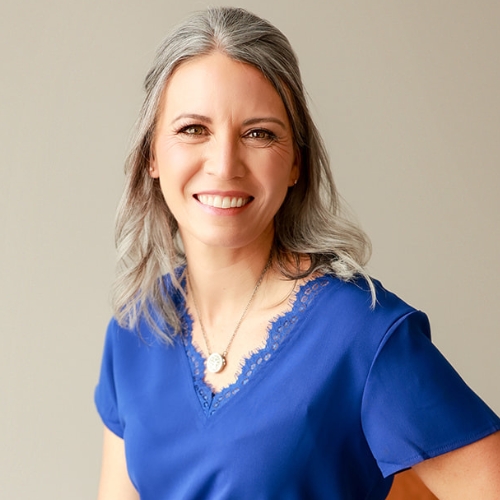In my 10 years of taking some form of education on trauma there have been changes in how we understand trauma, trauma informed care best practices and the competencies needed to work with an understanding of the Nervous System to support a trauma informed care framework.
I recently attended a conference focused on trauma where there was a noticeable shift in this perspective, offering a more holistic understanding of trauma that was taught with caring and compassion.
There were three main themes:
- Trauma is an internal event and shift in experiences.
- The correlation between pain and trauma.
- There are many ways to heal trauma.
Trauma is an internal event and shift in experiences.
When you first begin learning about trauma, you’ll come across different classifications of traumatic events. Though this is important to understand, and something I teach, true understanding of trauma transcends beyond this.
The definition of trauma continues to expand and evolve because it’s a collective, cultural, and deeply personal experience.
Understanding, accepting and working with this knowledge is key to supporting ourselves and clients. It’s easy to rationalize that someone has had a more challenging lived experience than you, but that doesn’t aid in healing.
The mind can differentiate and compare, your body and brain cannot.
The thinking mind can help you understand automatic responses/reactions. But the personal work in trauma is not just about the cognitive process. It’s the felt sense. It’s trial and error. It’s continuing to tap into the nervous system to help steer the process. It’s giving it time, being open to the journey.
So though for most people there will be an intellectual understanding of the nervous system and the automatic reactions to trauma or stress, there is more. There’s taking this knowledge to work with where we are, or the people we work with, and figuring out the next actions to take.
The correlation between pain and trauma
Pain and trauma are part of the human experience.
People who experience chronic pain, or pain without a specific diagnosis, have a higher prevalence of trauma.
As much progress has been made in understanding pain and trauma, much progress needs to be made. It’s being open to making shifts and continuing to make shifts as new information is uncovered.
Both pain and trauma can cause a “malfunction”, or an overactive alarm system. Another way to put this is what worked very well in the short term, or was a protective response, can become hypervigilant.
Normalizing pain and trauma can be the first action to working more optimally with both.
There are many ways to heal from trauma
This message rang loud and clear. For too long, there has been one way, talk therapy. Or for the movement experience, yoga.
The truth is, there are many paths to heal. So even though I teach Pilates and it has made profound shifts in my life, Pilates will work for some people, but not all.
And the beautiful thing is that we are beginning to accept this. Allowing space for more than one way. From the many different experts, Peter Levine, Stephan Porges, Thomas Hubl, Gabor Manes, to different professions represented, Hip Hop Therapy, Essential Oils for Trauma, Trauma and Polyamory, Healing In-Utero Trauma, the list goes on with the different personal and professional experiences represented. And the common theme was to keep exploring.
Along the journey, sometimes you won’t be ready for one modality. One attempt may lead to another. And what may be healing and restorative to one person, may not have the same effect for another.
The main takeaway:
Our understanding of trauma has changed and will continue to evolve. Because of this, more people and professions are making a shift to using a Trauma Informed Care Approach in their practices. Understand the nervous system, how to work with this in your own body and how to support others.
If you’re a Pilates teacher, get the Trauma Informed Tips for Pilates Teachers Guide.


